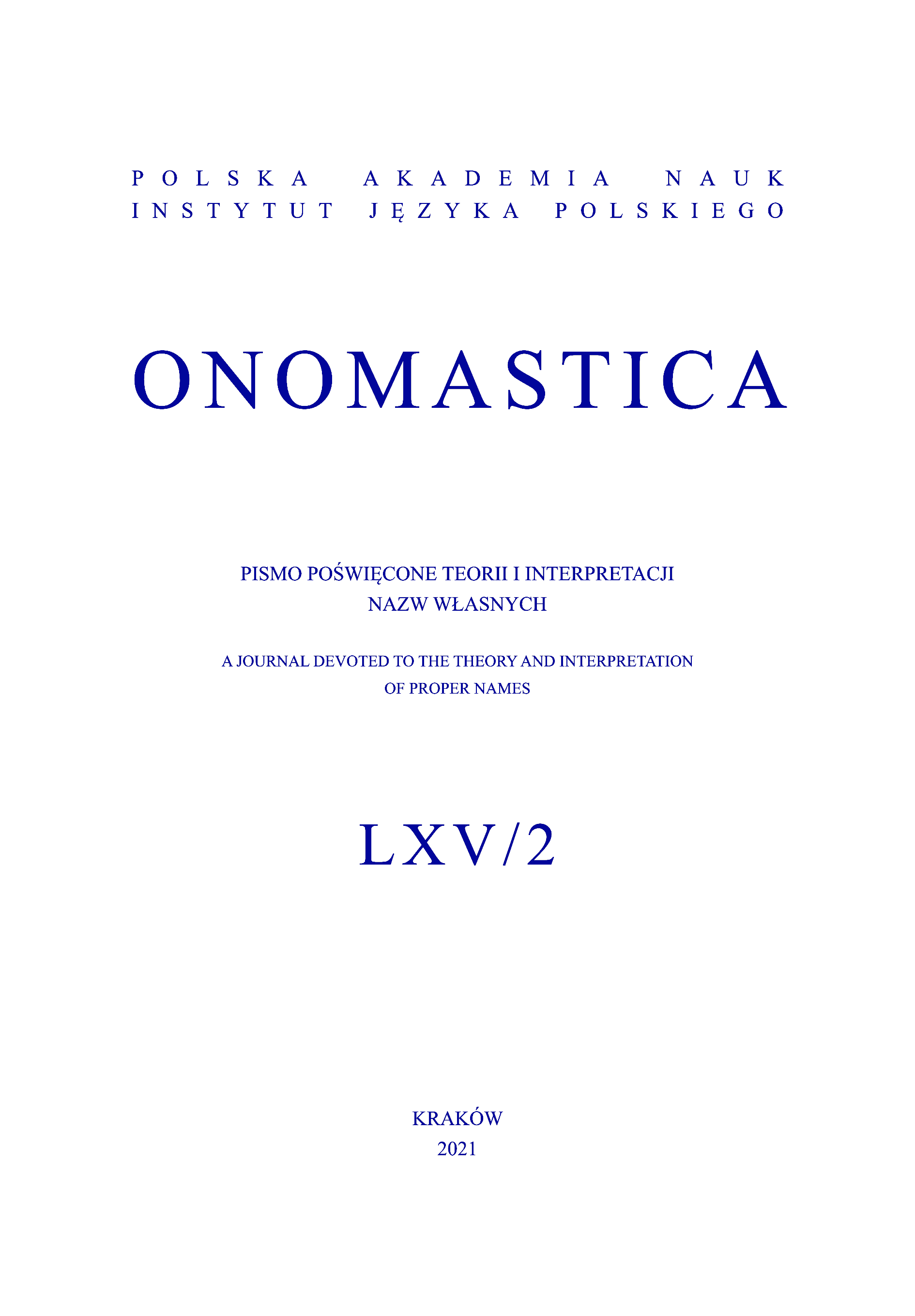Abstract
Over the last fifty years, the number of wineries in the English-speaking world has rapidly grown and with it the number of wines available has also increased. We are referring particularly to Canada, the United States, Australia, New Zealand and South Africa. With the increase in the number of wineries and wines has come an attempt by wineries to differentiate themselves by their names and the names of their wines. We discover that the names chosen mainly rely on regional history and culture as well as on humour. We take the Niagara region in Ontario, Canada, as our main example for systematic analysis, and then make reference to other English-speaking wine-producing regions in Canada (British Columbia), Australia, New Zealand, South Africa and the west coast of the United States (California, Washington State and Oregon).
References
Ainiala, T. (2020). Aspects of localness: A pilot study of kiosk and grill food names in Finland. Onomastica, 64, 167–177.
Neethling, B. (2009). Names as a vehicle towards transformation in the South African wine industry in People, Products, and Professions. In E. Lavris, & F. Fischer et al. (Eds.), Choosing a Name, Choosing a Language (pp. 279–287). Frankfurt am Main: Peter Lang.
Neethling, B. (2013). Innovation and creativity in the coinage of new names for South African wine: a few case studies. In O. Felecan, & A. Bugheşiu (Eds.), Onomastics in Contemporary Public Space (pp. 240–256). Newcastle upon Tyne: Cambridge Scholars Press.
Neethling, B. (2017). The role of anthroponymic commemoration on wine labels in South Africa. Names, 65(2), 65–77.
Pérez Hernández, L. (2013). A pragmatic-cognitive approach to brand names: a case study of Rioja wine brands. Names, 61(1), 33–46.
Siserman, M.M. (2013). Nume de vinuri şi de soiuri de struguri româneşti [Names of Romanian wines and grape varieties]. In O. Felecan (Ed.), Name and Naming. Onomastics in Contemporary Public Space (pp. 157–169). Cluj-Napoca: Mega/Argonaut.


